Bihar is a beautiful state nestled in the arms of Eastern India. It has the largest population and is also home to the largest population of youth in the country. The forts in Bihar have been the testimony of its rich cultural heritage. Bihar played an important role in the socio-political scenario of ancient India. The historically significant Maurya and Gupta dynasties are believed to have had their seat of power in Bihar. It also has the holy river Ganga flowing through its centre and southern part of the state used to cover the state of Jharkhand.
10 Forts In Bihar For You To Visit
Bihar was the seat of learning and culture during ancient times and here is a curated list of 10 forts in Bihar which are manifestations of its historical significance.
1. Munger Fort
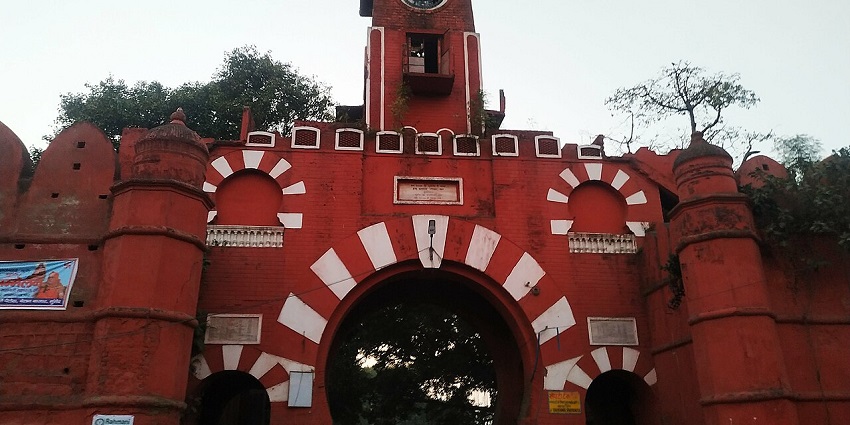
Photo: Nirajnk11 / Wikimedia Commons
This fort is located by the banks of the sacred Ganges and speaks of a glorious past. The fort is associated with the honour and power of the influential Slave Dynasty in India. Munger, which was earlier spelt as Monghyr, was an important town under the ruler, Muhammad Bin Tughlaq. The fort was passed down to a long line of his successors. The fort houses two hills, each of which is commonly referred to as Karnachura. After being passed on to the Mughal rulers, the fort finally came under Mir Qasim during the colonial period.
Distance: 169 km from Patna.
Timings: 24*7
Suggested Read: Archaeological Museum Bodhgaya
2. Rohtasgarh Fort
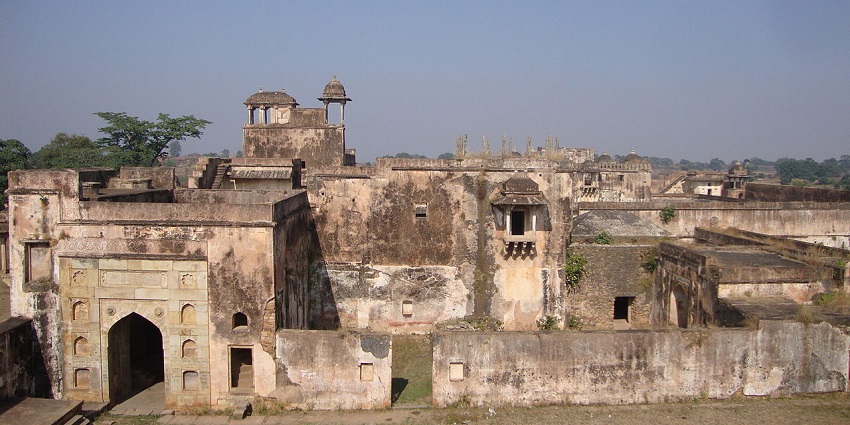
Photo: Mariyosh / Wikimedia Commons
Located in the picturesque valley of the river Son, this fort is one of the major tourist attractions in the town of Rohtas. This town is strategically located, at equal distances from both Sasaram and Dehri, which are well connected for transport and communication to flourish. The fort is placed at a height of 1500m above sea level and has a wide, large limestone staircase leading up to the Hathiya Pol or the Elephant Gate. Such a design was conducive for elephants to be brought in during the ancient times. The gate was also named after two elephants. Visitors have to spend around 90 minutes to find their way up these stairs.
Distance: 216 km from Patna
Timings: 5 AM – 7 PM
3. Shergarh Fort
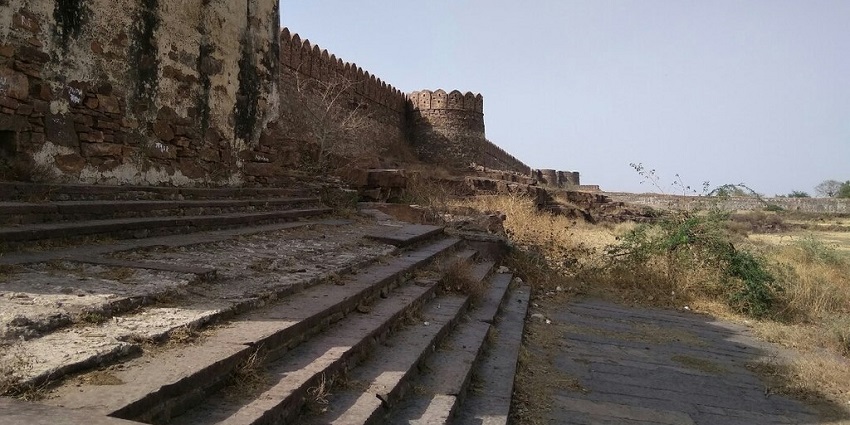
Photo: Prafull Jain221199 / Wikimedia Commons
This hill fort exists in ruins, but is still worth a visit. Located in Malhipur in Sasaram, it places itself at a height of 800 feet and was controlled by the immensely popular Emperor Sher Shah Suri. A forest surrounds the adjoining area of the fort in the Kaimur plateau. You can also get a view of the verdant river bank of the River Durgavati. One can trace the glory of this fort back to the 16th century, when it was known as the Bhurkuda Qila. The walls are replete with intricate and detailed carvings which bring the glorious past of the fort back to life. Very close to the fort, lies the Rani Pokhara or the Queen’s Pond. You can stroll by it during a quiet day or take on an adventurous journey to the underground fort beside the hill on which this fort is located.
Distance: 230 km from Patna.
Timings: 7 AM – 5 PM,
Suggested Read: Amazing Hill Stations Near Patna For A Scenic Retreat
4. Vishal Fort
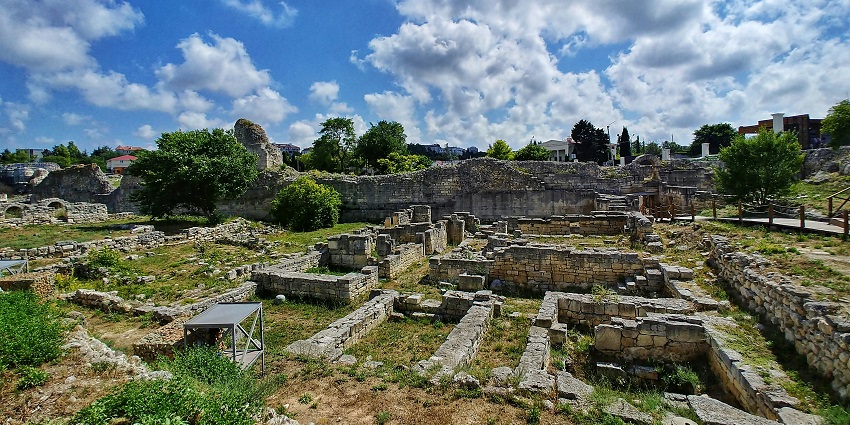
Photo: Konstantin Dyadyun / Unsplash / Image For Representation Only
This fort, located in Basarh, echoes the glory of the erstwhile Magadha, which is revered by historians around the world. The architectural components of the fort reflect a beautiful amalgamation of both Hindu and Islamic royal elements. This fort was an important place for hosting political discussions and it is said that around 7000 delegates gathered here for discussions. The thick walls of this fort depict the brilliance of ancient Indian architecture and its colossal size calls for a surreal experience, that is filled with both fear and fascination. This fort is perfect for history enthusiasts and those who cherish the glory of the past.
Distance: 62 km from Patna
Timings: 9 AM – 5 PM
5. Darbhanga Fort
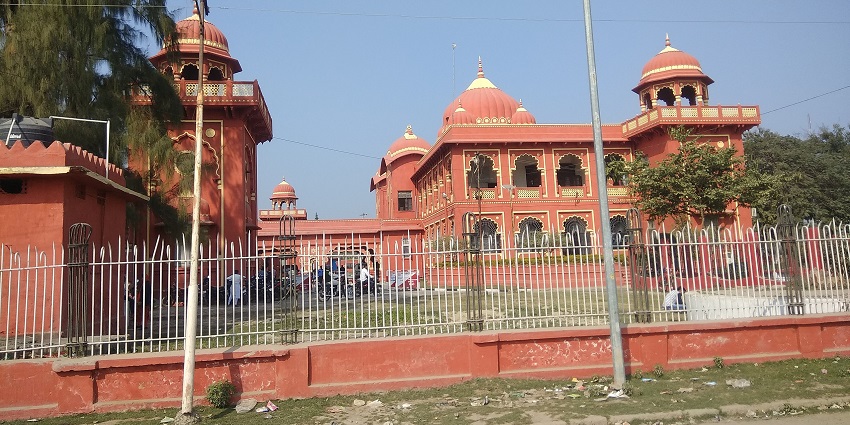
Photo: RANJEET KUMAR / Wikimedia Commons
Darbhanga is one of the most visited places in Bihar. This fort is one of the star attractions in the Darbhanga region, located in the Mansaar Colony and proves to be a confluence of both Indian and European traditions with regard to its architectural components. Since it is situated in the Ram Bagh Palace compound, it is also referred to as the Ram Bagh Fort by locals. The fort was built in 1934, right after a devastating earthquake by Maharaja Kameshwar Singh. Darbhanga is one of the most culturally rich places in the state of Bihar.
Distance: 138 km from Patna
Timings: 24*7
Suggested Read: Must-Visit Hill Stations Near Bihar For Your Next Adventure
6. Jalalgarh Fort
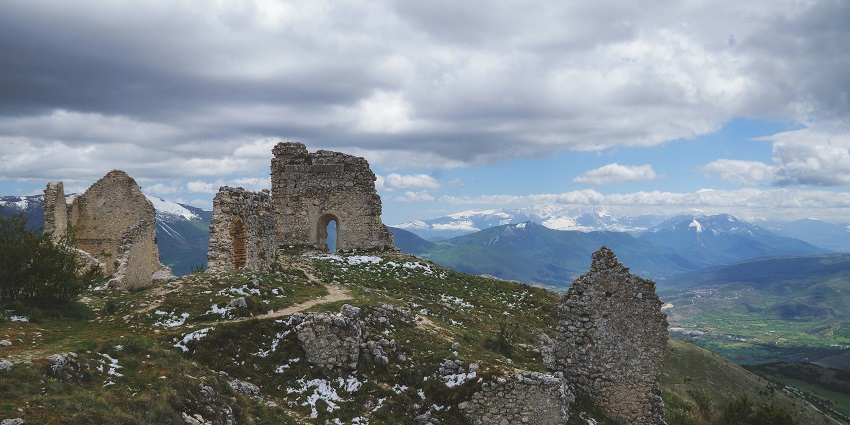
Photo: Yoal Desurmont / Unsplash / Image For Representation Only
This fort is also located in Purnea and was once built by Saif Khan, who was the Faujdar of the region. The fort has stood strong in all its glory since the past 300 years. The quadrangular shape of the fort and the extremely high walls proved to be an excellent layer of protection during the Nepalese invasion in Bihar. Elements of Islamic architecture add to the structural elegance of this fort and make it a popular tourist attraction. In 2012, the government of Bihar ordered for the restoration of this fort in order to maintain its ancient remains.
Distance: 296 km from Patna
Timings: 24*7
7. Deo Fort
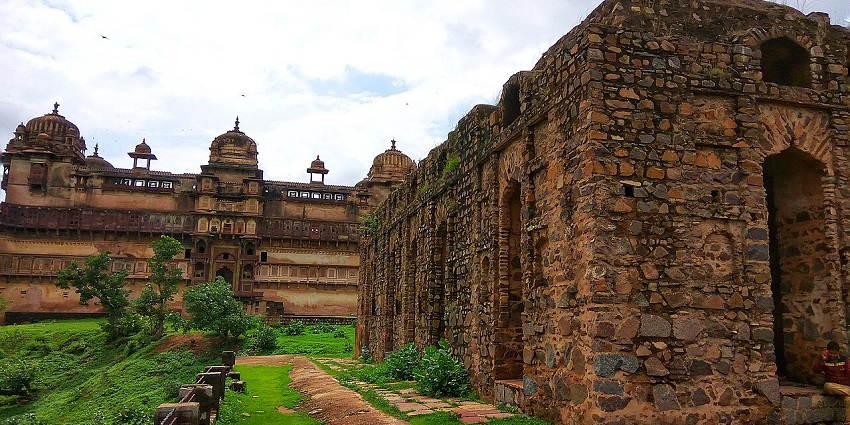
Photo: Sk Yeaser Ali / Wikimedia Commons / Image For Representation Only
This regal fort is located in the town of Deo in the Aurangabad district and stands alone at a hill along the Sun Temple Road. The fort strategically faces the north and is believed to have been built by the Sisodia Rajputs of the Deo dynasty. The fort came under a queen since the last male ruler had no male heir to pass on the fort to. Until 1947, the fort continued to be under the queen’s control. You can visit the Sun Temple, paying homage to the Hindu deity Surya located very close to the fort’s vicinity. The Bharkur village in Deo is also home to a biodiversity park, which boasts of rich and diverse flora and fauna.
Distance: 296 km from Patna.
Timings: 9 AM – 5 PM
Suggested Read: Dive Into Fun At The Funtasia Water Park In Patna
8. Tekari Fort

Photo: Son Tung Tran / Pexels / Image For Representation Only
This fort was built under the Tekari Raj of South Bihar, which controlled a number of villages across a vast area near Gaya. The Tekari zamindars started gaining power when the Mughal Empire had begun to decline. The Gaya public library and the Gaya Club are built on land funded by the Tekari zamindar family. This fort encapsulates both Indian and Afghan influences of architectural styles. The walls are meticulously designed by skilled craftsmanship and the fort is one of the major tourist attractions in and around Gaya.
Distance: 25.5 km from Patna
Timing: 24*7
9. Buxar Fort
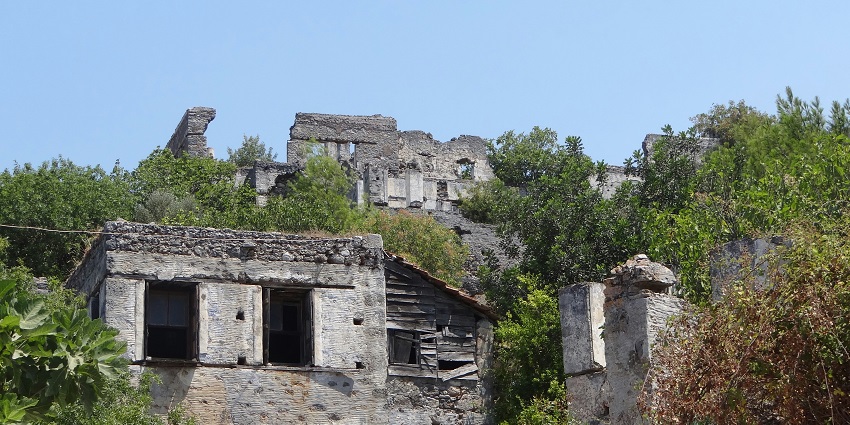
Photo: Julia Fiander / Unsplash / Image For Representation Only
Buxar is one of the most popular places to visit in Bihar and the fort in Buxar appeals to the attention of tourists and locals alike. The Buxar district is strategically located at the border of Uttar Pradesh, and is responsible for transportation and communication between the two states. The fort dates back to the reign of King Rudra Deo in 1054. Buxar is also believed to be the place where Lord Rama had slain the demon named Taraka and the home to the ashram of King Vishwamitra.
Distance: 127 km from Patna.
Timings: 24*7
Suggested Read: Most Popular Wildlife Sanctuaries In Bihar
10. Khaira Fort
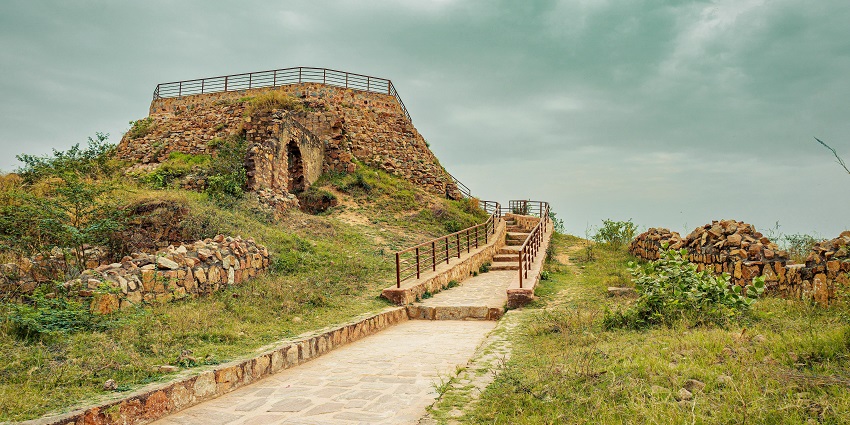
Photo: SHIVANSHU BHARDWAJ / Pexels / Image For Representation Only
The Khaira Fort is known for being home to a largely visited Durga Temple. Its palatial structure offers peace to visitors who come to visit the fort from all over the country and beyond. The fort is also lighted up with multicoloured lighting during the evening, radiating vibrance and joy in the Khaira region. It is believed that the fort was built by the rulers of the famous Chandel dynasty. The Chandel dynasty had its origins in Uttar Pradesh in the 13th century. You can also visit the Naldanga palace, located very close.
Exploring the forts in Bihar offers a captivating journey through the state’s rich history and architectural grandeur. From ancient battles to royal legacies, these forts stand as enduring symbols of Bihar’s cultural heritage, inviting travellers to uncover their timeless stories.
Bihar is one of the most significant cultural spots in the country of India. The forts in Bihar are testimony of its majestical past. If you are planning a trip to the forts in Bihar, do not forget to choose TripXL for your bookings.
Cover Photo: Julia Filirovska / Pexels / Image For Representation Only


 WhatsApp
WhatsApp
 Twitter
Twitter









